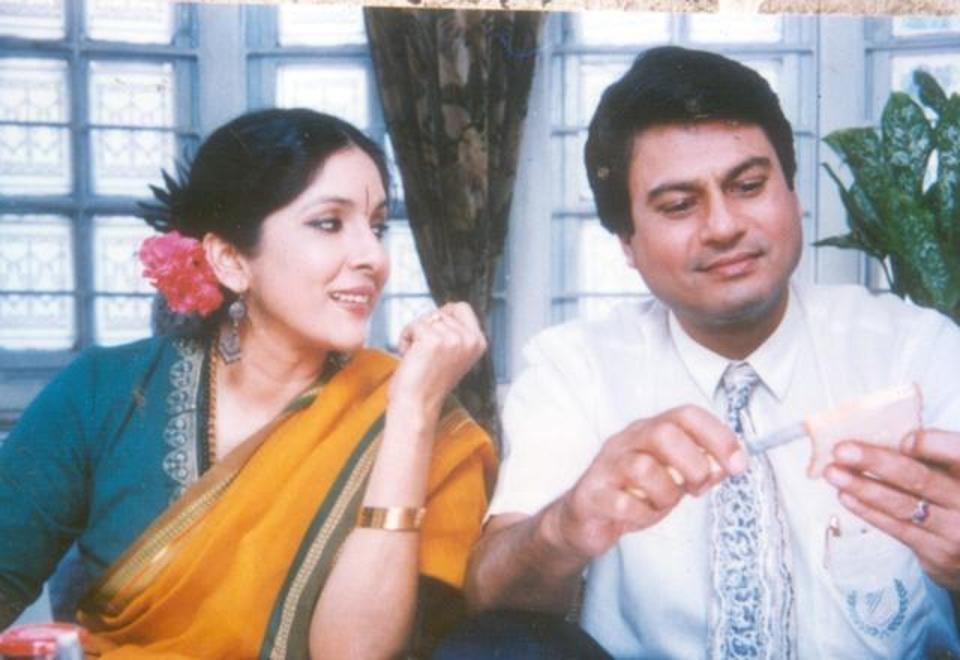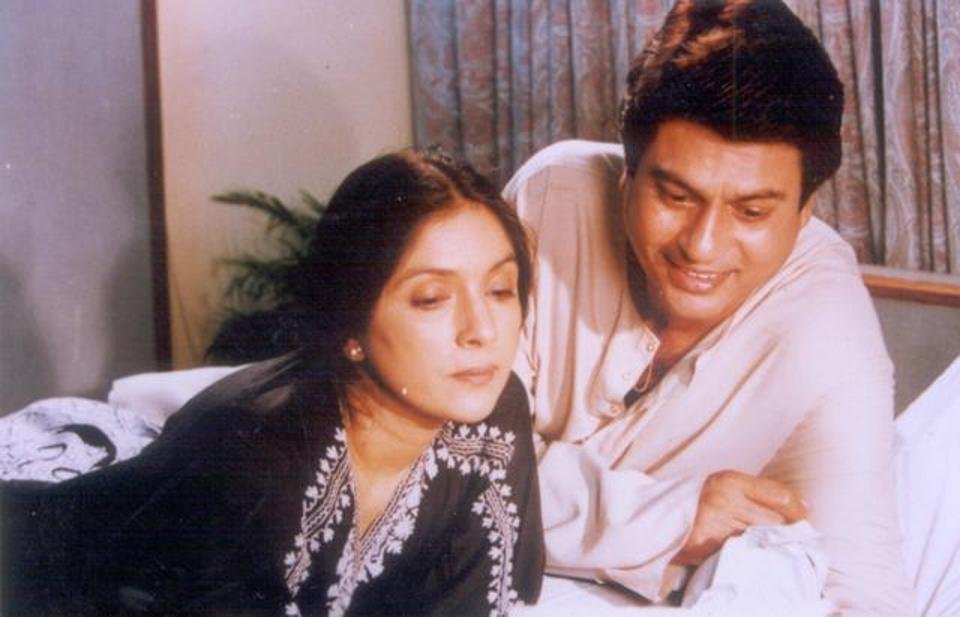Indian television has always been blamed for churning out saas-bahu dramas, one show after the other, reducing the quality of what we watch. We’ve all been put through these shows with kilos of jewellery-adorning bahus and scheming saasu mas by the women in our house who enjoy their bit of exaggerated plot lines once in a while.
But even they could not help but appreciate the simple way in which Saans portrayed the actual issues that plague the lives of everyday Indian women. In 1998, from the depths of mediocrity rose a show that caused, or at least tried to cause, a tectonic shift in terms of what the Indian family looked like on television.
Written and directed by Neena Gupta, Saans revolves around the life of Priya. The show begins with Priya and her perfect life with her husband, Gautam, and their two kids, Akul and Mithi. However, with each episode, the cracks within the family become clearer. And then comes the final blow to the perfect Indian family when Manisha enters their lives.

Manisha is young, attractive and ambitious, a stark comparison to Priya’s character who is a stay-at-home mother with no career ambitions. She seems to be educated and aware, but she sacrifices herself to the patriarchal pit where most women find themselves after marriage. In Neena Gupta’s own words, the show is based on “35+ educated women”, whom she calls a “dead” generation.
“They have lost their passion for love, sex and joy and don’t know where they’re headed,” she was quoted as as saying.
Gautam soon falls for Manisha and her charming personality. He walks out on his family, leaving behind Priya to fend for herself. That is the point where Saans becomes different from the other television shows. Priya finally breaks out of the typical Indian bahu template to reclaim her life. She doesn’t try to come up with a scheme to get her raah-se-bhatka-hua husband back from the ‘vamp’ that destroyed her family. Instead, she is shown to be dealing with practical issues like the emotional turmoil of the wife who has been left behind, and her financial crisis.

As the story progresses, so does Priya’s character. She finds herself a job, tries to provide emotional stability to her young children and tries to get used to life without Gautam. She braves the gossip mill and keeps her head high. On the other hand, the once attractive Manisha seems to be driving Gautam off the edge. At that point, Gautam starts contemplating going back to his wife.
Gautam starts getting more involved with the family he once walked out on and Manisha becomes an insecure mess who tries to do everything to keep Gautam on her side. All her antics, though, only seem to be driving him away. What is interesting to note is that while Priya’s character progresses, Manisha’s character stagnates because she is the ‘other’ woman.

However, the complicity with which this has been portrayed is commendable. While Manisha will forever carry the tag of a ‘home breaker’, Gautam is made to feel equally guilty for destroying his own family.
There’s an extremely awkward and yet nuanced relationship that Priya and Manisha share. Priya almost feels a certain kind of empathy for Manisha when Gautam comes knocking at her door. Priya knows that Manisha also fell into the same patriarchal pit in which she had found herself when Gautam left.

The show was applauded for its touch of reality. Every family has problems but the ones that saas-bahu shows portray are rather exaggerated. Saans, on the other hand, showed a very real and plausible issue of a woman being left by her husband in a world where a woman has no identity without her husband. What it managed to do was give an extremely real picture of how things unfold when something like this happens. The question then became, does Priya take her cheating husband back?

















